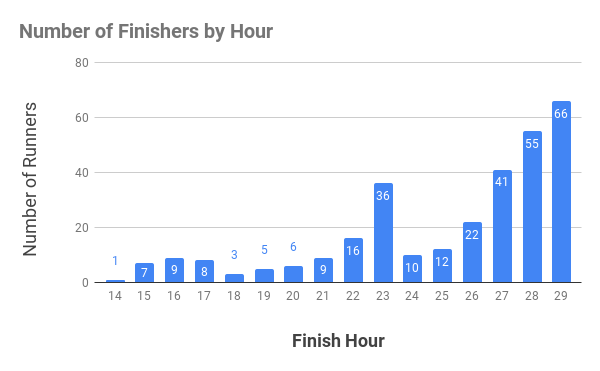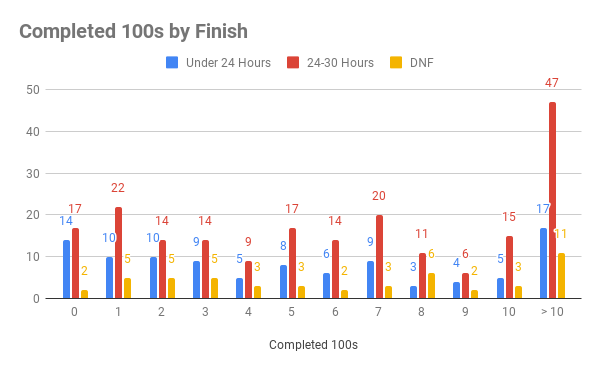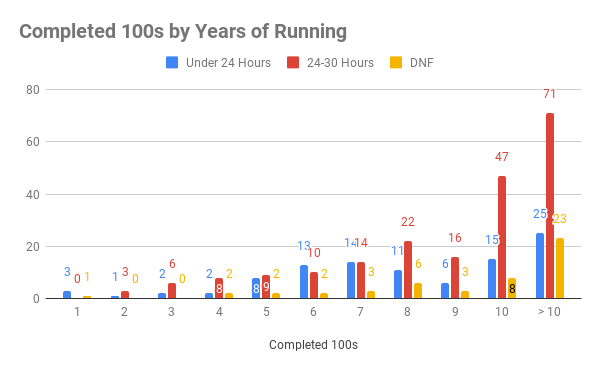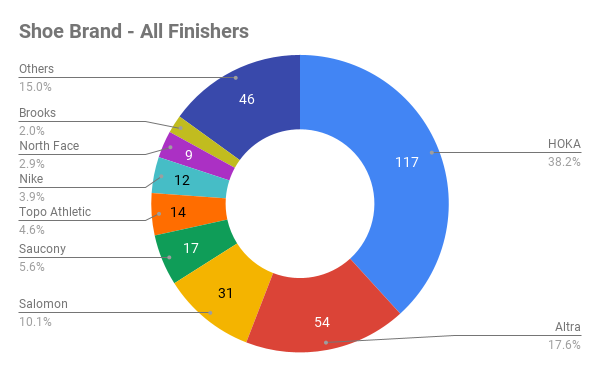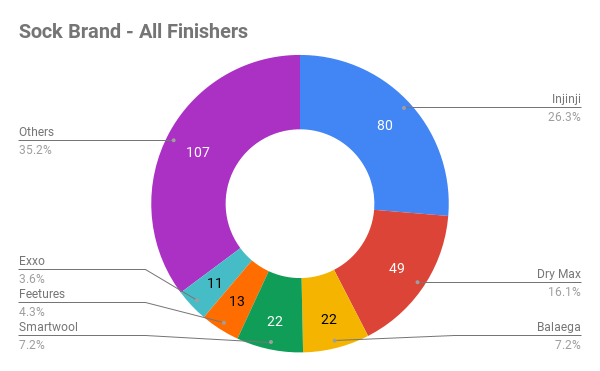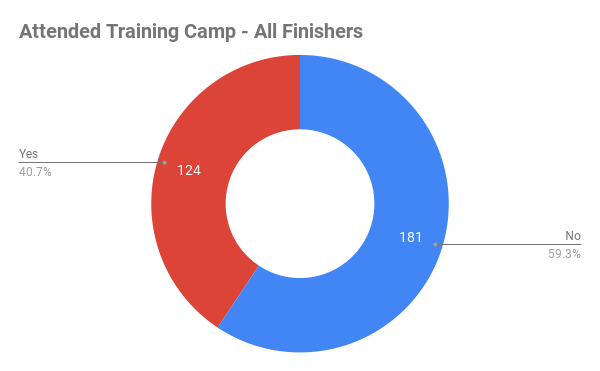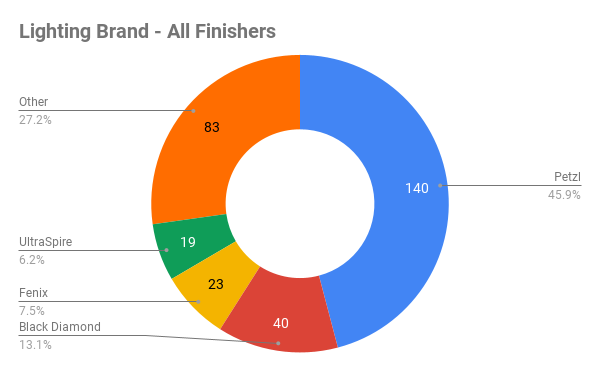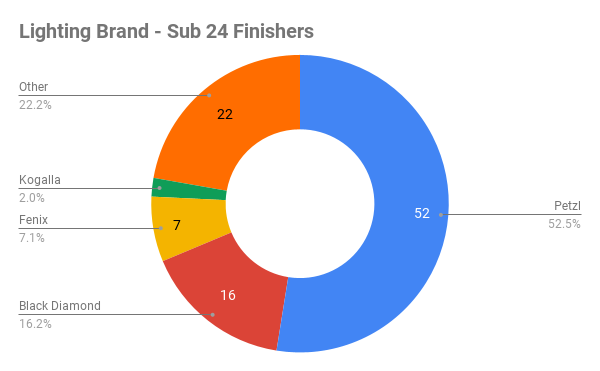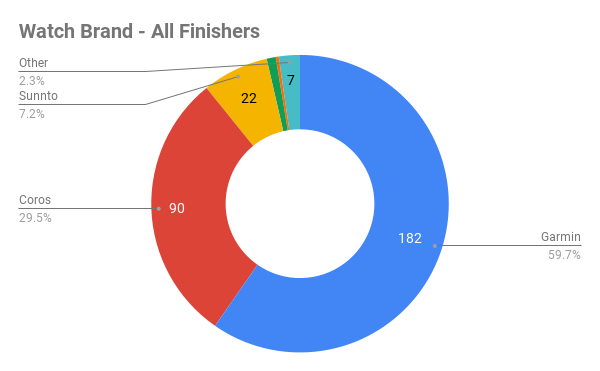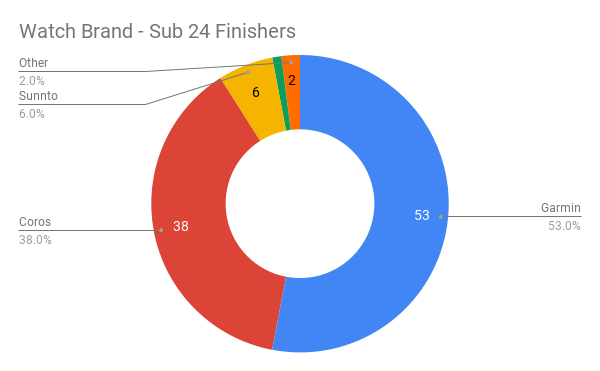FOR IMMEDIATE RELEASE
CONTACT: John Trent, WSER Media Relations, press@wser.org
COURSE RECORD HOLDER WALMSLEY, 2023 WOMEN’S RUNNER-UP SCHIDE HEADLINE STELLAR WESTERN STATES FIELDS
AUBURN, Calif. – Men’s course record holder Jim Walmsley will make his first run since winning the race for the third time in 2021 while 2023 women’s runner-up Katie Schide heads the women’s field at the 51st running of the Western States Endurance Run.
Western States starts at 5 a.m. on Saturday, June 29, at Palisades Tahoe Resort, at Olympic Valley, California.
“Jim’s runs at Western States have left an indelible mark on our history. We are very excited to have him back this year,” WSER Race Director Craig Thornley said. “Jim is going to be pushed by a highly talented men’s field, though. We are equally excited about our women’s race. Katie Schide ran the second-fastest women’s race in our history last year (16 hours and 43 minutes in finishing second to Courtney Dauwalter’s CR of 15:29). We have one of the finest women’s fields ever assembled at this year’s race.
“It’s worth noting that our women’s races over the past several years have proven to be deep and highly competitive. The 2023 women’s race saw a new women’s course record, as well as the second-fastest, fourth-fastest, sixth-fastest and ninth-fastest women’s times in our history.
“This year’s race is shaping up to be no exception.”
Walmsley, 34, of Flagstaff, Arizona, established the men’s course record of 14:09 in winning in 2019. He has since spent the majority of his time living and training in France, preparing with single-minded focus for the Ultra Trail du Mont Blanc, which he won last August. He has returned to his home base in Flagstaff this spring. When Walmsley makes his way to the starting line in Olympic Valley on June 29, it will mark his first race start in the United States since his win at Western States in 2021. Walmsley’s other victory at Western States came in 2018.
Top 10 runners from last year who are returning include: Tyler Green, 40, of Portland, Oregon, who finished second; Jiasheng Shen, 29, of Kunming, China, fourth; Daniel Jones, 33, of Wellington, New Zealand, fifth; non-binary runner Ryan Montgomery, 30, of Wanship, Utah, seventh; Jeffrey Colt, 33, of Carbondale, Colorado, eighth; and Cole Watson, 32, of Rancho Cordova, California, ninth.
Schide, 32, from Gardiner, Maine, also lives in Europe, in the village of Saint-Dalmas-le-Selvage in France’s Mercantour National Park. She has had an extraordinary run of success over the past few years. Schide won UTMB in 2022, finished second to Dauwalter at Western States last year and then ran away from the women’s field at The Canyons 100K in Auburn in April. On some of the same trails used by the Western States Endurance Run, Schide set a new women’s course record at The Canyons by more than 40 minutes and finished sixth overall.
In addition to Schide, Top 10 runners from last year who are returning include: Hungary’s Eszter Csillag, 39, who lives in Hong Kong, third; Emily Hawgood, 29, of Beatrice, Zimbabwe, fifth; Ida Nilsson, 43, of Kalmar, Sweden, seventh; Priscilla Forgie, 33, of Edmonton, Alberta, eighth; and Leah Yingling, 33, of Salt Lake City, ninth.
Both the men’s and women’s fields will also feature several “HOKA Golden Ticket” entrants – top men’s and women’s ultra runners who raced their way into this year’s run through highly competitive ultras held both in the United States and internationally.
In addition to the elite competitors, this year’s 375-runner field includes runners from all backgrounds, abilities and walks of life from throughout the United States and from more than 30 countries.
The runners will be vying for a sterling silver belt buckle for a sub-24-hour finish or a bronze belt buckle for a finish under the run’s 30-hour absolute cutoff. The buckles have been hand-crafted by the silversmiths of Comstock Heritage for more than three decades now and are considered the most coveted finisher’s award in all of ultra running.
The 2024 run field will traverse the picturesque high country of the historic Western States Trail through the Granite Chief Wilderness in the early morning. They will then plunge into the deep canyons of the American River drainage. The runners will pass through the sites of old mining settlements such as Last Chance, Deadwood and Michigan Bluff, making technical and challenging ascents and descents of more than 2,000 feet, before crossing the Middle Fork of the American River at mile 78 at the Rucky Chucky River Crossing aid station. From there, they will make a final push to the finish line at the track of Placer High School in Auburn, California.
Among this year’s entrants is William “Will” Barkan, a 40-year-old runner from Mill Valley, California with progressive vision loss. Over the past seven years Barkan has finished challenging mountain 100-milers such as Run Rabbit Run in Colorado and Tahoe Rim Trail at Lake Tahoe as well rugged 100K’s such as California’s Miwok and The Canyons and Waldo in Oregon.
In December’s Western States lottery, Barkan was selected from more than 9,000 lottery entrants from around the world to run in the 2024’s run. Barkan will run with a series of guides and has been granted an exemption by the Western States Board of Directors to use trekking poles during his run.
This year’s event will be streamed live on YouTube. Commentators Dylan Bowman and Corrine Malcolm will kick off the live broadcast at 4:15 a.m. on Saturday, June 29. The broadcast will continue through the entirety of the event and will conclude at 11 a.m. on Sunday, June 30. Watch it at https://www.youtube.com/@WSER100.
ABOUT WESTERN STATES: First held in 1974, the Western States 100-Mile Endurance Run has a 369-runner field from throughout the United States and more than 30 countries. Western States is considered one of the world’s preeminent 100-mile trail races. Its mission is to stage a transformational and quality world-class event for its runners, as well as perform trail stewardship and conduct medical research studies for the betterment of the sport. Held on the last full weekend in June starting in Olympic Valley, California, the 100.2-mile event travels through the Sierra high country and the canyons of the American River on the ancestral lands of the Washoe and Nisenan tribes, before finishing at Placer High School in Auburn, California.




